Navigation
The Scuba Doctor offers a large variety of high pressure (HP) first stage regulator port adaptors and hose converters for instrumentation installation, plus technical and rebreather diving applications.
Most high-pressure hoses are 7/16-inch male and most first-stage high-pressure ports are 7/16-inch female. A few brands of first stages use high-pressure ports that are 3/8-inch female, notably very old models from the early days of diving. We offer 3/8-inch to 7/16-inch adaptors.
Reminder: The actual configuration of an adaptor is a mirror image of its use. A 7/16"-20 UNF FEMALE port requires a 7/16"-20 UNF MALE adaptor etc. In technical diving operations where many fittings may get co-mingled, be sure that all adaptor combinations can accommodate the intended flows and pressures.
We reserve the right to limit order quantities to less than 10 pieces because our supply is appropriate for the demands of individual divers, but not bulk orders. Large volume bulk orders will NOT qualify for our free shipping promotion.
Back Beach, Potters Hill Road
![]() Reef Dive |
Reef Dive | ![]() Shore access
Shore access
![]()
![]()
![]()
![]()
Depth: 2 m (6.56 ft) to 10 m (33 ft)
Level: Advanced Open Water and beyond.
Back Beach, Potters Hill Road lies to the south east of San Remo facing south into Bass Strait. The best diving here is around the two headlands separated by the cobble bay.
There are a lot of reef platforms running parallel to the shorline to explore. The low sandstone reef forms into ridges and long gutters. The thick kelp is a haven for plenty of fish and abalone. You need to be careful at this dive site as conditions can change very quickly.
Ideal Conditions: The site faces south so is best dived after several days of still weather or northerly winds. Always keep an eye out for sudden swells. Best at high tide, whenever it is safe to do so. See WillyWeather (Back Beach) as a guide for the tide times and the height of the tide.
Parking: Potters Hill Road heads south and terminates at a nice car park on the buff above Back Beach. From there is a track down to the beach.
Entry/Exit: Enter and exit off of the sandy Back Beach to the west of the cobble bay.
Location: San Remo, Victoria 3925
The Potters Hill Road leads straight to the bluffs above Back Beach and provides foot access to the beach. The beach is backed by steep, grassy, 20 to 30 metre high bluffs. It faces south and receives waves averaging less than 1 metre in height as they are reduced by refraction around Cape Woolamai on Phillip Island. Back Beach is backed by a low, grassy foredune and minute swamp, and is bordered by small headlands. Back Beach has attached bars cut by rips against the headlands and rocks.
What's In A Name
There is some confusion as to what this dive site is called.
A sign in the car park says "Back Beach, Potters Hill Road".
Beachsafe has it as Back Beach.
There is another "Back Beach" nearby in San Remo, which is a bit confusing.
Google Maps calls it Bore Beach.
Ian Lewis in "Shore Dives of Victoria" calls it Shelley Beach, San Remo, see 3rd edition, page 142.
Marine Life Network lists it as "Shelley Beach, San Remo".
Beachsafe has a "Shelly Beach" further east at Kilcunda 3995.
Divers have the opportunity to catch Abalone at this dive site. Remember your catch bag, legal abalone tool, current Victorian Recreational Fishing Licence, and abalone measure. Please abide by all current fishing regulations if you intend to catch abalone.
See article-catching-abalone for practical abalone hunting advice from The Scuba Doctor, plus melbourne-abalone-dives for a list of other Abalone dive sites near Melbourne.
Bass Strait Warning: Always keep an eye on sea conditions throughout any shore or boat dive in Bass Strait on Victoria's coastline. Please read the warnings on the web page diving-in-bass-strait before diving or snorkelling this site.
Traditional Owners — This dive site is in the traditional Country of the Boon Wurrung / Bunurong people of the Kulin Nation. This truly ancient Country includes parts of Port Phillip, from the Werribee River in the north-west, down to Wilson's Promontory in the south-east, including the Mornington Peninsula, French Island and Phillip Island, plus Western Port. We wish to acknowledge the Boon Wurrung as Traditional Owners. We pay respect to their Ancestors and their Elders, past, present and emerging. We acknowledge Bunjil the Creator Spirit of this beautiful land, who travels as an eagle, and Waarn, who protects the waterways and travels as a crow, and thank them for continuing to watch over this Country today and beyond.
Back Beach, Potters Hill Road Location Map
Latitude: 38° 32.152′ S (38.535871° S / 38° 32′ 9.14″ S)
Longitude: 145° 23.223′ E (145.387049° E / 145° 23′ 13.38″ E)
Datum: WGS84 |
Google Map
| Get directions
Added: 2022-03-13 21:39:25 GMT, Last updated: 2022-03-13 23:58:51 GMT
Source: Google Earth
Nearest Neighbour: San Remo Jetty, 2,579 m, bearing 311°, NW
San Remo.
Depth: 2 to 10 m.
[ Top ]
DISCLAIMER: No claim is made by The Scuba Doctor as to the accuracy of the dive site coordinates listed here. Should anyone decide to use these GPS marks to locate and dive on a site, they do so entirely at their own risk. Always verify against other sources.
The marks come from numerous sources including commercial operators, independent dive clubs, reference works, and active divers. Some are known to be accurate, while others may not be. Some GPS marks may even have come from maps using the AGD66 datum, and thus may need be converted to the WGS84 datum. To distinguish between the possible accuracy of the dive site marks, we've tried to give each mark a source of GPS, Google Earth, or unknown.
Copyright © 2005-2022 by The Scuba Doctor Australia, ABN 88 116 755 170. All rights reserved.
tel. +61 3 5985 1700 :: email. diveshop@scubadoctor.com.au :: Web site by it'sTechnical 2022



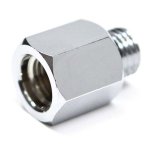
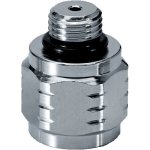


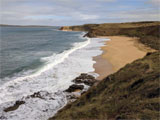
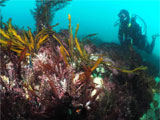
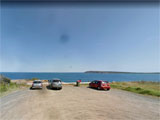

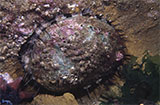












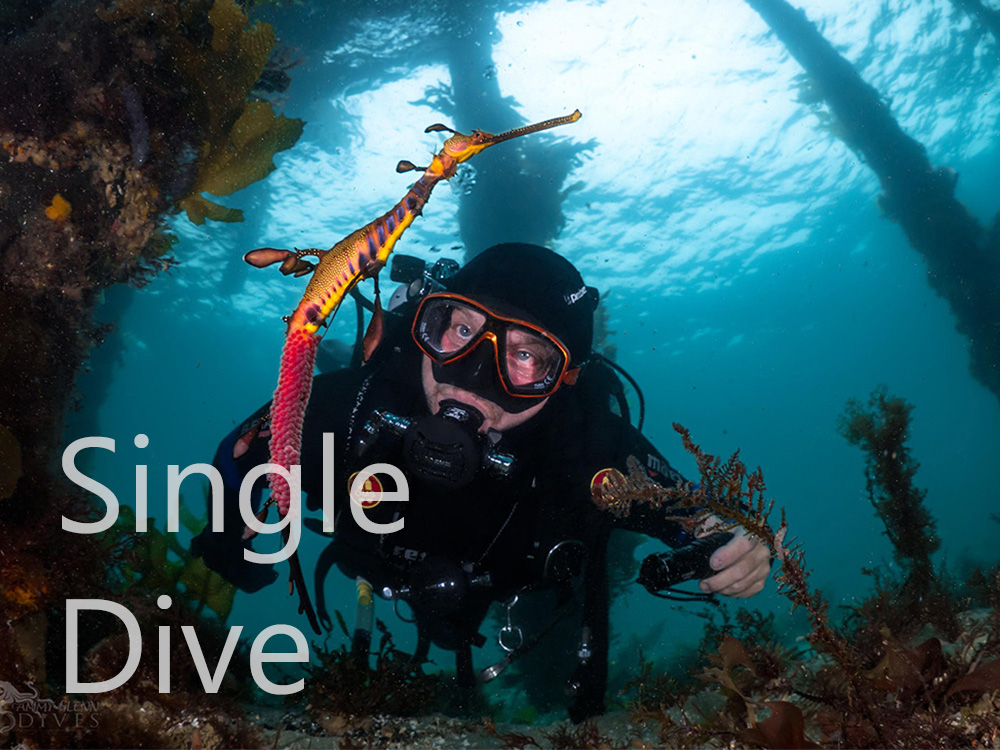

![Halcyon Infinity 30lb System [SS Small Backplate] Halcyon Infinity 30lb System [SS Small Backplate]](/diveshop/images/halcyon/Halcyon-Evolve-Wing.jpg)


















































































































